In this article, we will go over some of the most fundamental ways to filter data hosted in PostgreSQL.
Read more »
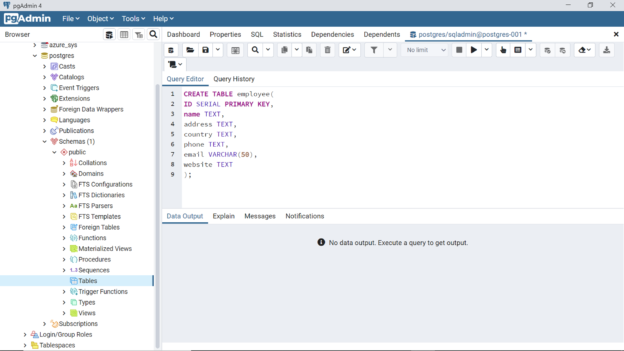


In this article, we will go over some of the most fundamental ways to filter data hosted in PostgreSQL.
Read more »
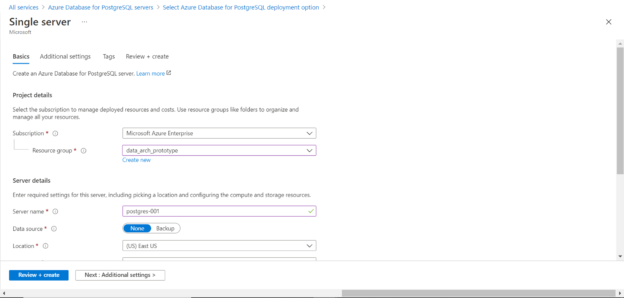
In this article, we will learn how to create a simple PostgreSQL server on the Azure platform and learn how to use the Postgres check constraint to implement data validation.
Read more »
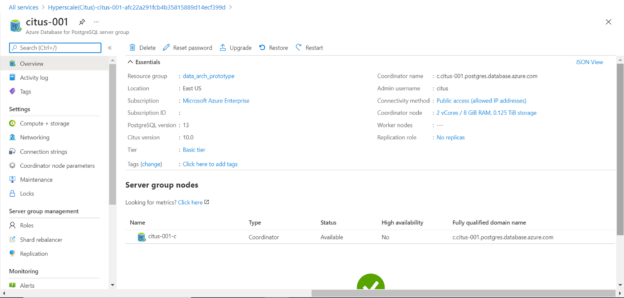
This article will show how to deploy the Hyperscale (Citus) server group of Azure Database for PostgreSQL and explore its configuration options.
Read more »
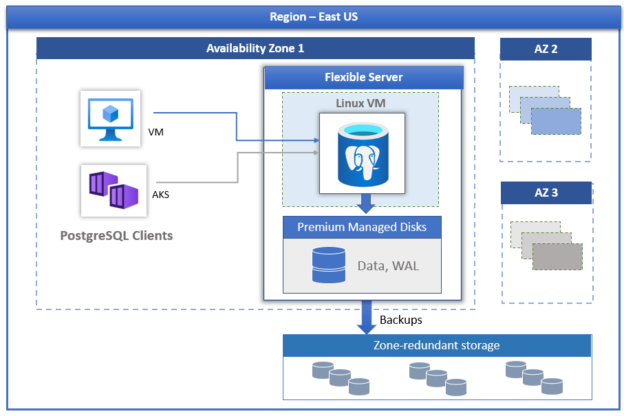
This article will walk you through the process to create a Flexible server model of Azure Database for PostgreSQL and learn the unique features offered by it.
Read more »
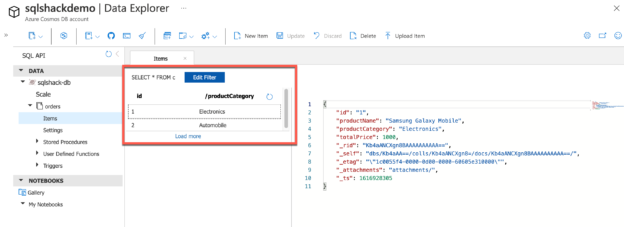
This article is a part of the series Learn NoSQL in Azure where we will learn about the DocumentDB SQL API in detail. Azure Cosmos DB is a serverless NoSQL database service provided by Azure that is highly available, globally distributed, and responds within the minimum latency. Due to these features, it is a perfect fit for building modern-day applications using the DocumentDB or SQL API of Azure Cosmos DB.
Read more »
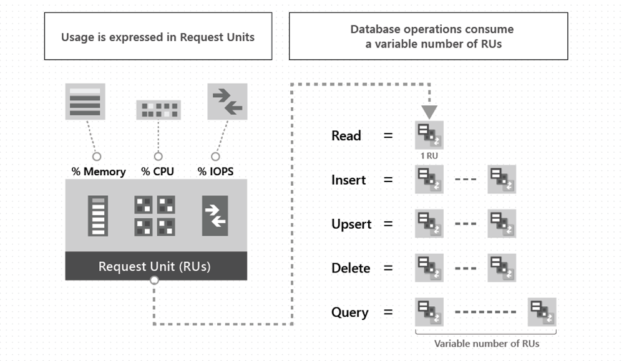
This article is a part of the series – Learn NoSQL in Azure where we explore Azure Cosmos DB as a part of the non-relational database system used widely for a variety of applications. Azure Cosmos DB is a part of Microsoft’s serverless databases on Azure which is highly scalable and distributed across all locations that run on Azure. It is offered as a platform as a service (PAAS) from Azure and you can develop databases that have a very high throughput and very low latency. Using Azure Cosmos DB, customers can replicate their data across multiple locations across the globe and also across multiple locations within the same region. This makes Cosmos DB a highly available database service with almost 99.999% availability for reads and writes for multi-region modes and almost 99.99% availability for single-region modes.
Read more »
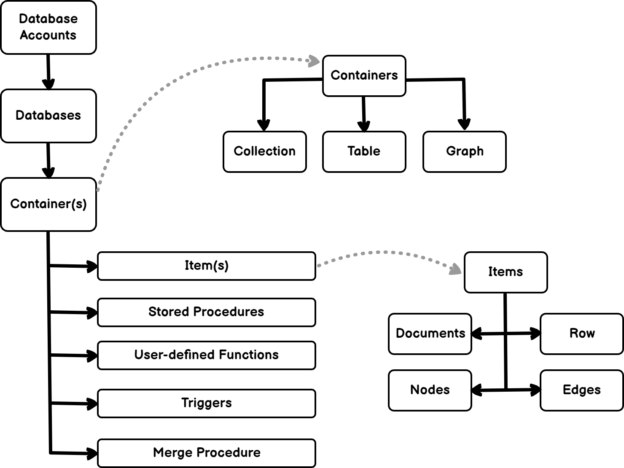
In this article, we are going to learn Azure Cosmos DB. This article is a part of the series Learn NoSQL in Azure, where we will explore all the different types of non-relational databases that are supported in Azure at the moment. Azure is one of the most popular public cloud platforms that has a big market share all over the world. Cosmos DB is a part of the Databases section in Azure that allows customers to create and use NoSQL or non-relational databases and consume these at scale. You can leverage Cosmos DB to build highly scalable and robust cloud-based applications that support modern big data workloads. Let us understand more about what a NoSQL database is all about and how it is different from a relational database. Although this article focuses on the NoSQL related to Azure, it is to be known that other open-source projects support NoSQL databases like Apache Cassandra, etc. However, these topics are out of the scope of this article and we will focus on Azure mostly.
Read more »
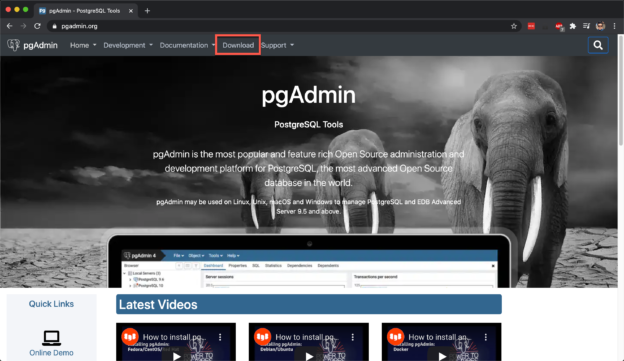
In this article, we are going to learn about PGAdmin, a PostgreSQL management tool. As you are aware SQL Server Management Studio (SSMS) and the MySQL Workbench are the GUI management tools for SQL Server and MySQL respectively. Similarly, in order to manage the Postgres database and its services, PGAdmin is used. PGAdmin is a web-based GUI tool used to interact with the Postgres database sessions, both locally and remote servers as well. You can use PGAdmin to perform any sort of database administration required for a Postgres database.
Read more »
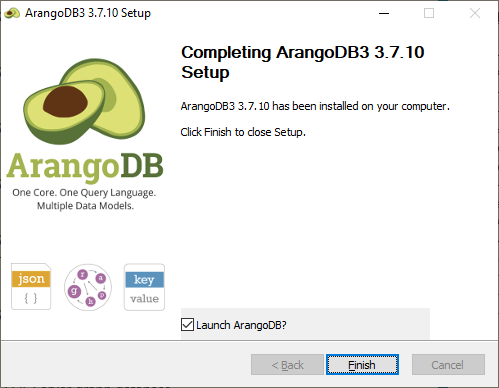
This article will explain ArangoDB, how to install it on Windows, and how to migrate a SQL Server graph database to this NoSQL database management system.
Read more »
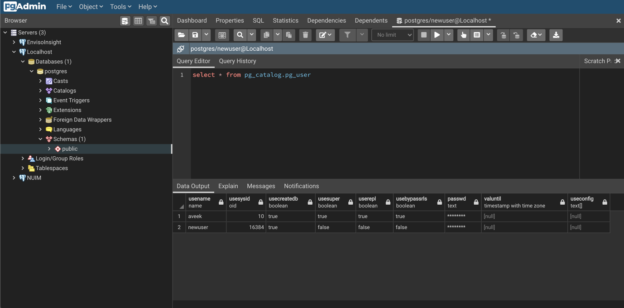
Spatial data deals with data related to geography. In this article, we are going to understand the various concepts related to geographic or spatial data and how PostgreSQL can be leveraged as a database to store such geographic information. As you might be already aware, PostgreSQL is a popular and widely used open-source relational database management system that can handle production workloads very easily. With the availability of the cloud, you can quickly spin up instances of Postgres on major public cloud providers like AWS, Azure, GCP, etc.
Read more »
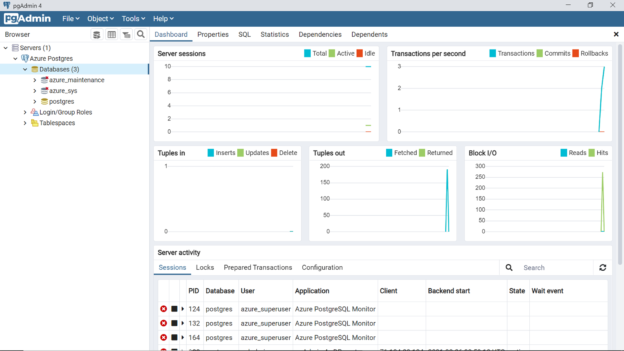
In this article, we will show how to connect to instances of Azure Database for PostgreSQL servers using the pgAdmin tool installed locally on a user’s workstation.
Read more »
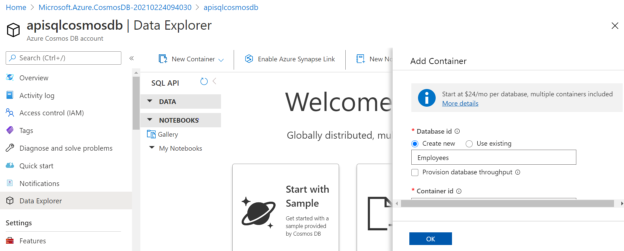
In this article, we will look briefly at the Azure Cosmos DB service and how you can query JSON documents to store, retrieve and process data using the SQL Application Programming Interface (API).
Read more »
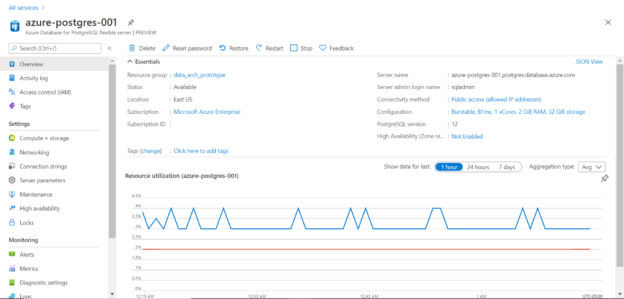
This article will walk you through the process to optimize the cost of Azure Database for PostgreSQL.
Read more »
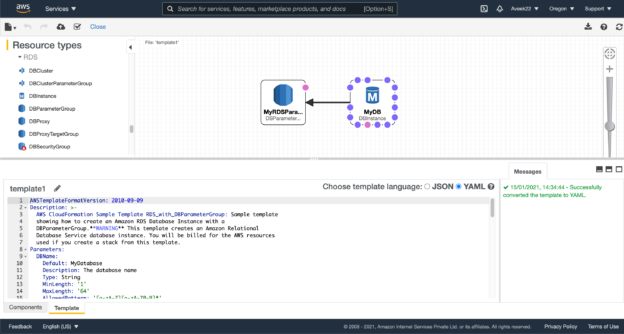
In this article, we are going to discuss how to set up a MySQL instance on AWS RDS using Cloud Formation templates. In my previous article, How to configure an Amazon RDS environment for MySQL, I have provided a detailed walkthrough of how to set up a MySQL instance on Amazon. You can use the AWS console to provide all the information required for setting up the instance and then use it. However, in this article, we will discuss an automated way of achieving the same functionalities using Cloud Formation templates.
Read more »
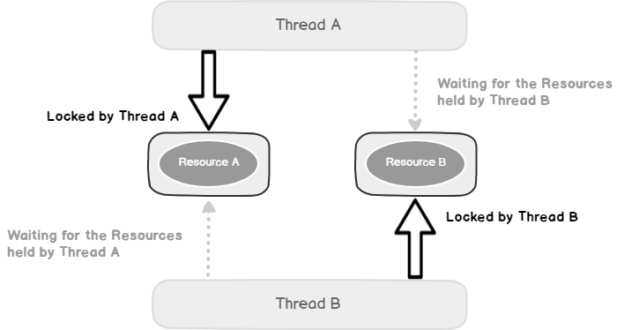
This article will explore the process to capture deadlock XML and deadlock graphs for AWS RDS SQL Server databases.
Read more »
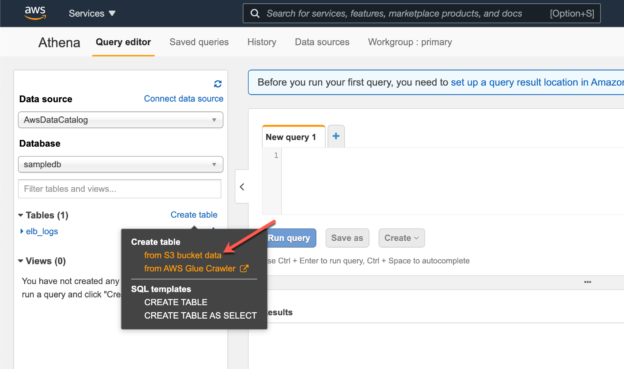
In this article, I am going to discuss Amazon Athena and how we can analyze data stored in S3 using Athena. As you might know, Amazon’s AWS has a lot of services in the field compute, databases, analytics, machine learning, and robotics, one of the most important and popular services is Amazon Athena. By the official definition, “Amazon Athena is an interactive query service that makes it easy to analyze data in Amazon S3 using standard SQL. Athena is serverless, so there is no infrastructure to manage, and you pay only for the queries that you run.”
Read more »

In our previously published article in this series, we explained how to migrate SQL Server graph tables into Neo4j and why migration could be beneficial. We only mentioned how to migrate node and edge tables, and we did not mention indexes and constraints. This article is an extension of the previous one, where we will explain how to export the supported indexes and constraints from SQL Server to the Neo4j graph database. In addition, all codes are added to the project we already published on GitHub.
Read more »
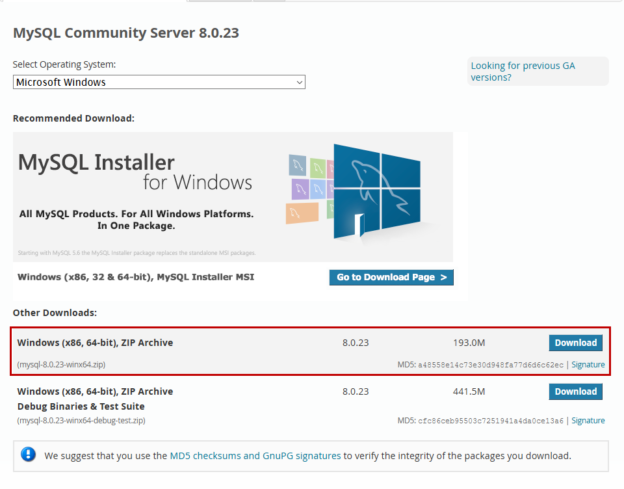
In this article, I am going to explain the step-by-step installation process of MySQL server 8.0.19 using a noinstall Zip archive. In my previous article, I have explained the step-by-step installation process of MySQL 8.0 on windows 10.
Read more »
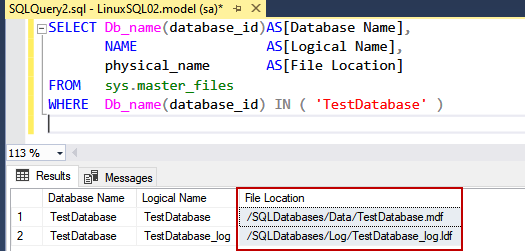
This is the 2nd article of Move SQL databases to a different mount point series. In the previous article, Create a new mount point in Linux, I have explained how we can create a mount point in Ubuntu Linux. In this article, I am going to cover the following topics:
Read more »
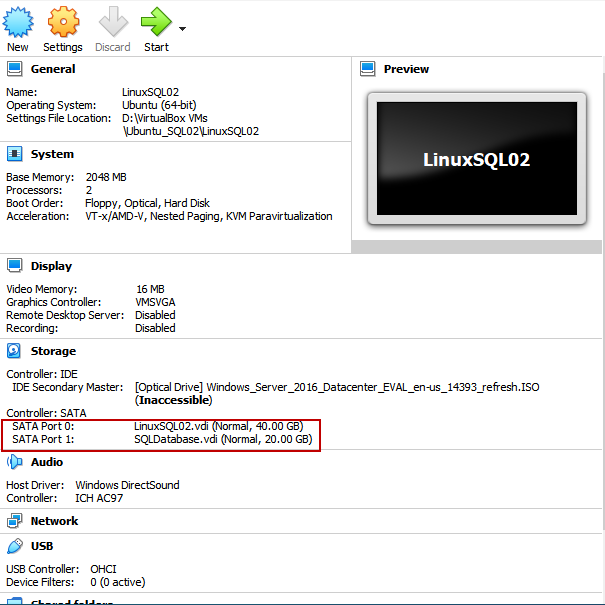
This article is the 1st article of the Move SQL Database to different mount point series. This article focuses on creating a new partition using the fdisk command and formatting it with an ext4 file system using the mkfs command.
Read more »
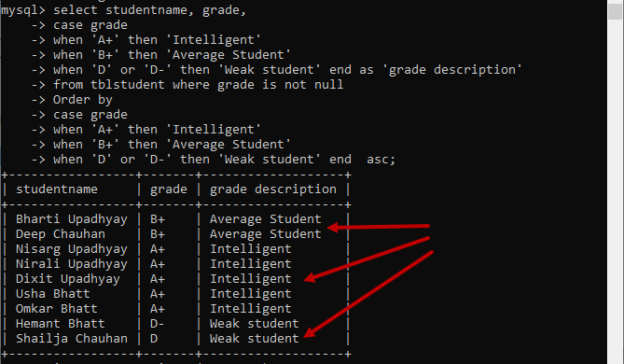
In this article, we are going to learn about the most common control flow functions. The control flow function evaluates the condition specified in it. The output generated by them can be a true, false, static value or column expression. We can use the control flow functions in the SELECT, WHERE, ORDER BY, and GROUP BY clause. Following are the most common functions:
Read more »
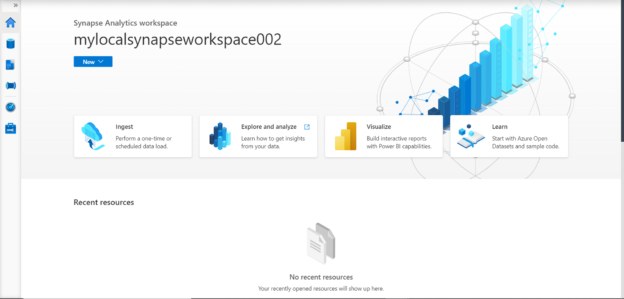
In this article, we will learn how to ingest data into Azure Synapse Analytics with a focus on using PolyBase to load the data.
Read more »
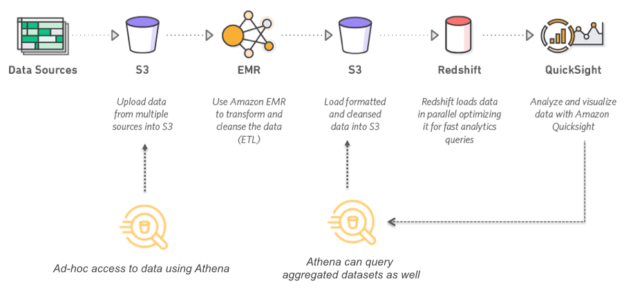
In this article, I am going to introduce AWS Athena, a service offered by Amazon which allows users to query data from S3 using standard SQL syntax. AWS is considered to be a leader in the cloud computing world. Almost more than a hundred services are being offered by Amazon which offers competitive performance and cost-effective solutions to run workloads as compared to on-premise architectures. The services offered by Amazon range widely from compute, storage, databases, analytics, IoT, security, and a lot more. One of the popular areas of these services in the Analytics domain. This allows the customer to build architectures that answer key questions to their business decisions.
Read more »
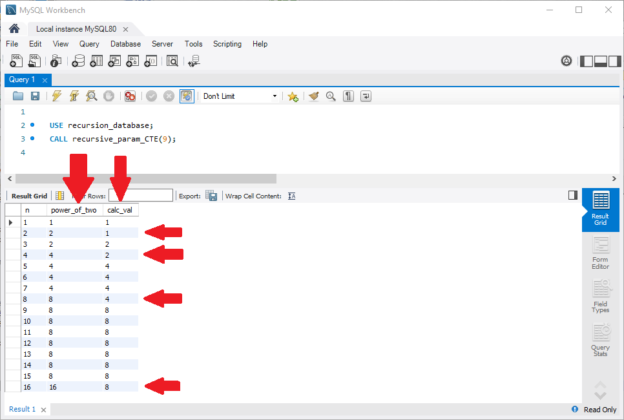
As we lever MySQL to build database solutions, we might need to build a MySQL recursive query. In an earlier Database Journal article, I showed how to solve an integer parsing problem with SQL Server recursion. This article will show how to solve that same problem with MySQL recursion, highlighting the strong and weak points of this MySQL feature.
Read more »
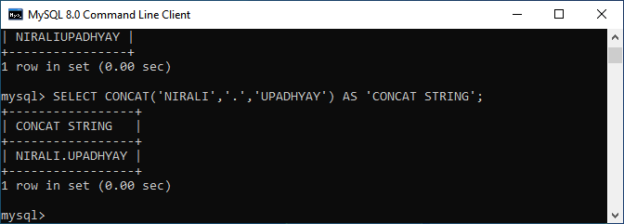
In this article, we are going to learn about different MySQL String functions. The MySQL String functions can be categorized into the following:
Read more »© Quest Software Inc. ALL RIGHTS RESERVED. | GDPR | Terms of Use | Privacy